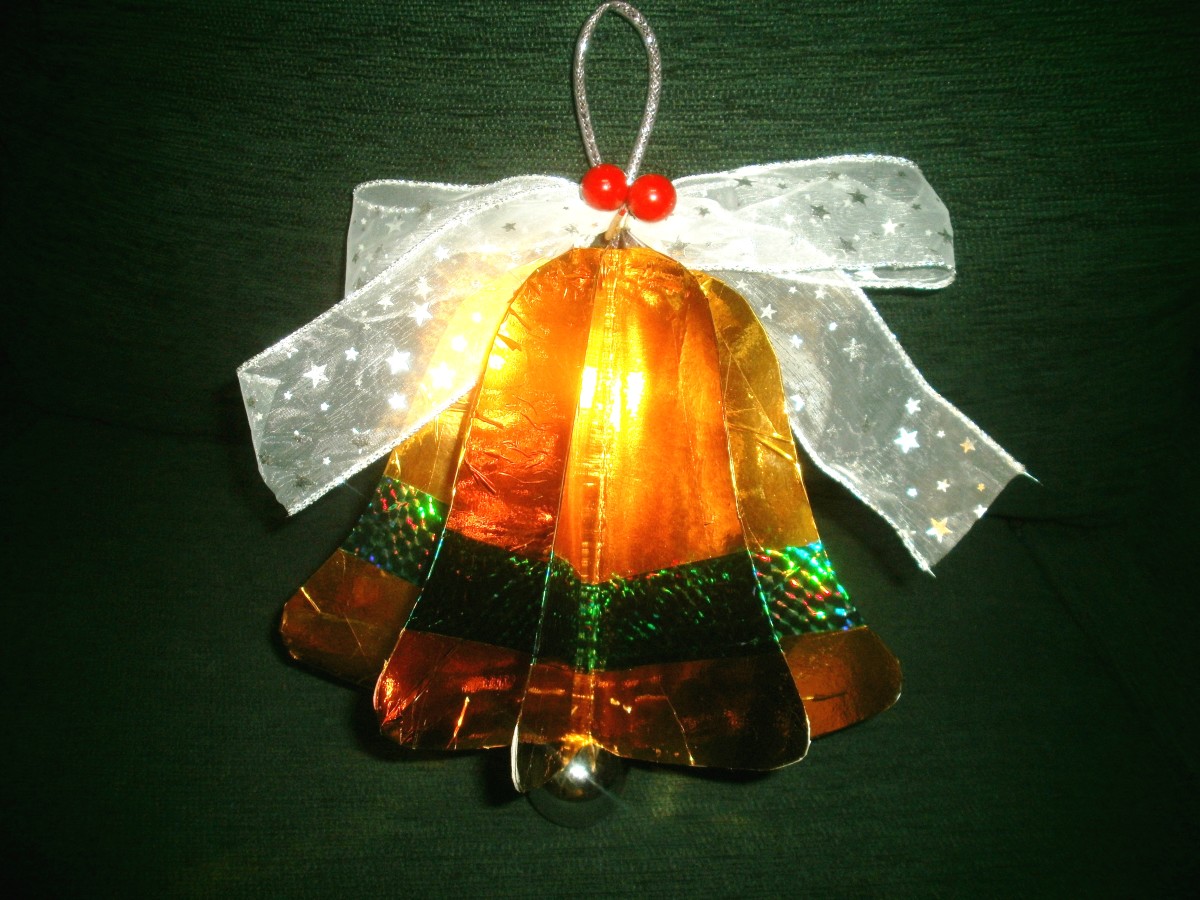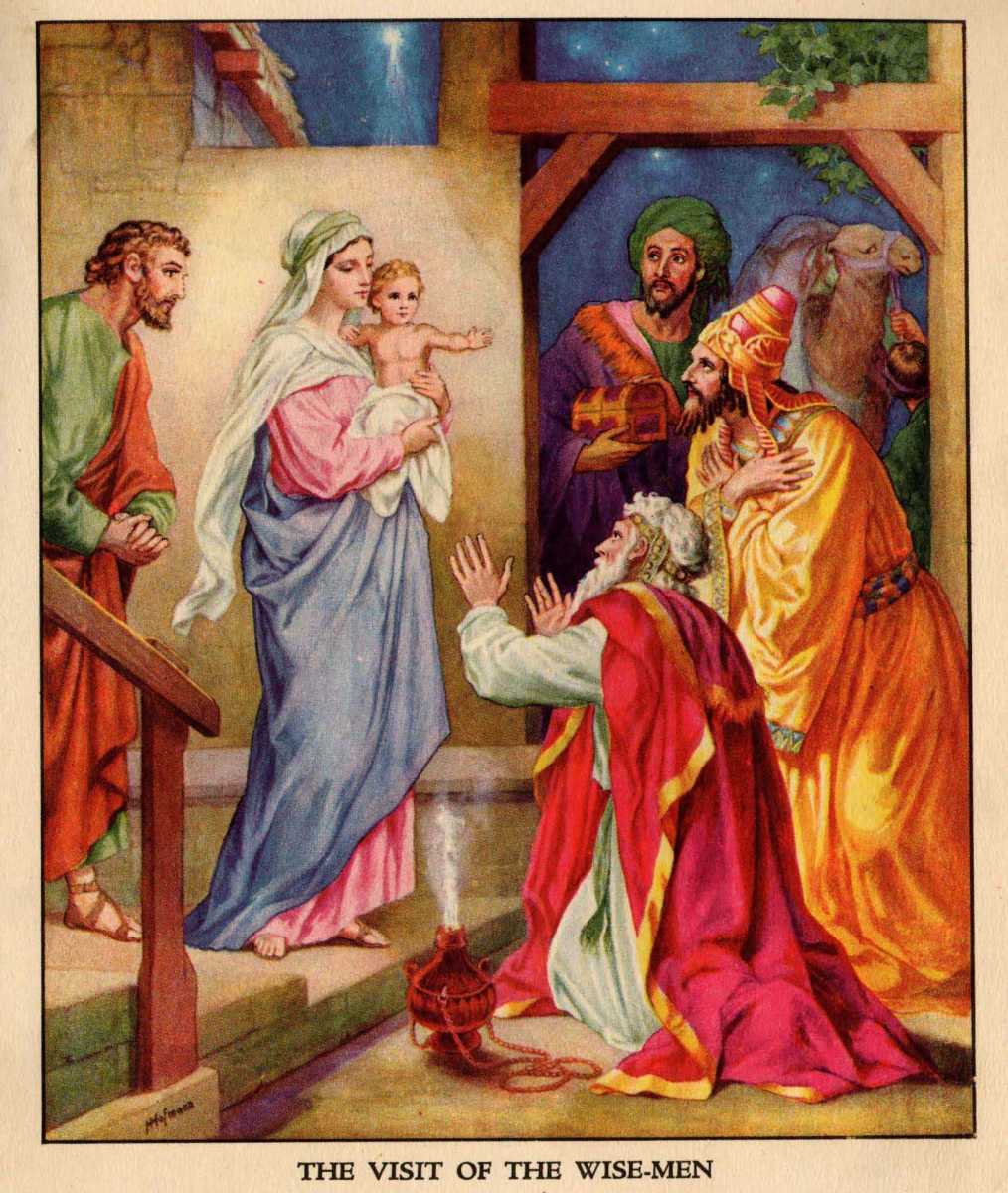Christmas Candy Canes

In Celebration of the Candy Cane!
It wouldn't be Christmas without candy canes, those ubiquitous red-and-white striped, hooked sticks of peppermint candy. Almost everyone loves them, and they're great for decorating, cooking, or just eating. Learn when and why these delicious treats were invented, find books and DVDs about their legend, and read some tasty candy cane recipes. Here's to Christmas candy canes!
(Image of personalized Santa candy cane ornament provided by OrnamentShop.com)
The history of the candy cane can be traced back to Germany. In 1670, the choirmaster at the Cologne Cathedral was said to have bent straight white candy sticks into the now-familiar "J" shape to represent a shepherd's staff. He then gave them to children in the choir to keep them happy during long Christmas services. The custom soon spread throughout Europe.
Later, candy canes came to America. A German immigrant by the name of August Imgard was the first person to decorate his Christmas tree with candy canes, back in 1847.
Up until this time, candy canes were all-white. It wasn't until about 50 years later that the first red-and-white striped variety appeared. No historical records exist to show who or why the stripes were added, but prior to 1900, Christmas cards only showed all-white candy canes. After that year, striped candy canes became more common.
Around this same time, it's thought that candy makers started adding peppermint flavors to their candy canes, and this soon became the norm. Now candy canes can be found in all sizes and flavors, from green apple to chocolate, but the familiar red and white stripes are still the most popular.
(Image credit: Zazzle)
History suggests that the familiar staff-shaped candy cane does have Christian roots, as noted above, but no evidence exists to suggest it was invented as a secret symbol for Christianity or to represent Jesus, as some legends have suggested. However, many people still find it a powerful symbol of the season, and prefer the Christian legend.
This is one version of the Christian candy cane story:
A candymaker in Indiana wanted to make a candy for Christmas that incorporated symbols from the birth, life and death of Jesus Christ.
He began with a stick of pure white candy to symbolize the virgin birth and the purity of Jesus. He then shaped it in the form of a "J" to represent the name of Jesus and the staff of the "Good Shepherd." Finally, he added red stripes to symbolize Jesus' blood and suffering on the cross.
The candymaker hoped that each time someone ate his creation they would be reminded of Jesus and the great love God gave us at Christmas.
***
The story of the Indiana candymaker has been widely circulated and retold, while other stories suggest the candy cane was created long ago as a secret symbol that would allow persecuted Christians to identify one another. Neither version fits the timeline of historical records. The German choirmaster who is credited with turning the usual straight candy sticks into staff-shaped sweets lived in the late 17th century, long after most of Europe had become Christian, and well before Indiana became a state or candy canes came to America. Also, historical records from various parts of the world show the canes were all-white until the early 1900s.
But for those who believe, candy canes are still a wonderful Christian symbol of Christmas.
(Image of Jesus candy cane ornament from Zazzle)
The Candy Cane Legend - Popular children's book tells a Christian tale of the candy cane's history
This wonderful book for children tells the Christian candy cane legend.

The Christmas Candy Cane Story on DVD - Bestselling book was turned into an animated show for kids
This DVD is the animated adaptation of the bestselling book above by Lori Walburg.

Dress Your Car Like a Christmas Candy Cane - Deck your car in red-striped candy

Although history doesn't corroborate the idea that the candy cane was invented as a Christian symbol for Jesus, many people enjoy the symbolism. These Christmas Jesus candy cane poems celebrate the Christian folklore of the popular holiday treat.
Jesus, Gentle Shepherd,
this cane of red and white
proclaims the sweet love story
born on Christmas night
This cane, you see, when turned around
begins your name of love
and now becomes a symbol
of peace proclaimed above
The lively peppermint flavor
is the regal gift of spice
The white is your purity
and the red your sacrifice
And so this cane reminds us
of just how much you care
and like your Christmas gift to us
it's meant for all to share
----
A significant symbol of Christmas
Is the simple candy cane.
It's shape is the crook of the shepherd,
One of the first who came.
The lively peppermint flavor is
The regal gift of spice.
The white is Jesus' purity.
The red is sacrifice.
The narrow stripes are friendship
And the nearness of his love.
Eternal, sweet compassion,
A gift from God above.
The candy cane reminds us all
how much God loved and cared.
And like His Christmas gift to us
It's meant to be broken and shared.
Traditional or New-Fangled?
How do you like your candy canes?
Candy Cane Cocoa Recipe
Mmm, mmm good on those cold days!
To make candy cane cocoa, you'll need the following ingredients:
- 4 cups milk
- 1 oz semisweet chocolate squares, chopped into small pieces
- 4 peppermint candy canes, crushed
- 1 cup whipped cream
- 4 small peppermint candy canes
Directions
Heat the milk in a saucepan until it's the desired temperate. Do not boil. Then whisk in the chocolate pieces and the crushed peppermint candies until melted. Pour into mugs and top with whipped cream. Add a small candy cane to each mug to serve as a stirring stick. Serves four.
This recipe for candy cane cookies is from AllRecipes.com. You'll need the following ingredients:
- 1 cup margarine
- 1/2 cup white sugar
- 1/2 cup confectioners' sugar
- 1 egg
- 1 teaspoon vanilla extract
- 1/2 teaspoon peppermint extract
- 2 1/2 cups all-purpose flour
- 1/2 teaspoon salt
- 1/2 teaspoon red food coloring
- 1/2 cup peppermint candy canes, crushed
- 1/2 cup white sugar for decoration
Directions
Preheat the oven to 375 degrees F.
In a large bowl, cream together the margarine, white sugar and confectioners' sugar. Beat in the egg, vanilla and peppermint extracts. Combine the flour and salt; stir into the creamed mixture until well blended. Cover or wrap dough and chill for at least one hour.
Grease cookie sheets. Divide dough into halves. Color one half red by mixing in the food color. Roll a small amount of each dough into a 2 inch long worm. Roll them together in a twisted rope and curve the end like a cane. Place onto prepared cookie sheets.
Bake for 8 to 10 minutes. In a small bowl, mix together the crushed candy cane and remaining white sugar. Roll hot cookies in the sugar mixture.








